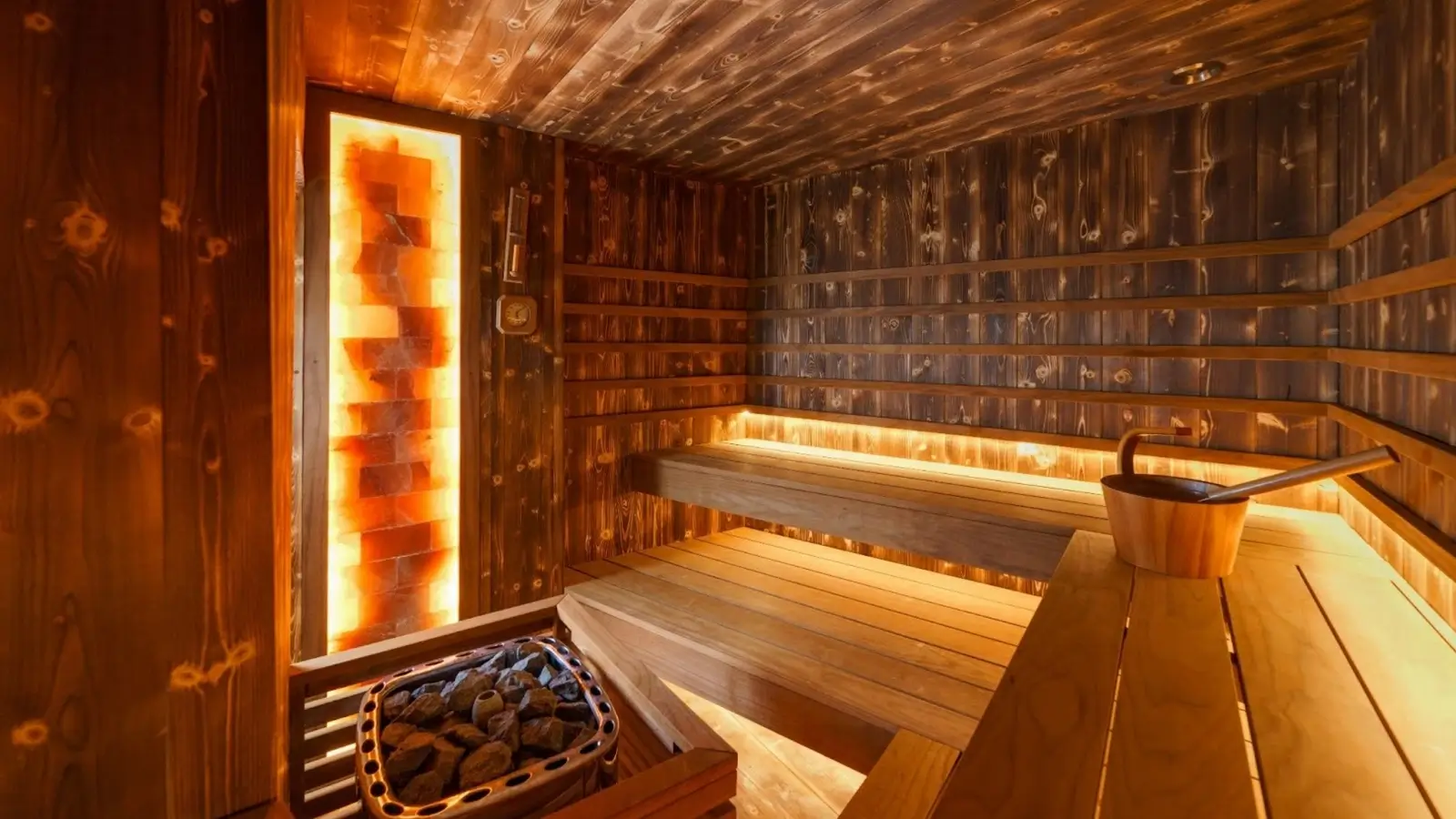Key Highlights
- Infrared saunas heat the body directly, creating a gentler, longer-lasting warmth.
- Sessions stimulate circulation, lower cortisol, and enhance recovery.
- They form part of the growing “slow wellness” movement focused on rest and stillness.
- The experience is less about sweat and more about balance — both physical and mental.
Heat, Reimagined
The first thing you notice is that it doesn’t feel like a sauna in the traditional sense. There’s no steam, no rush of stifling air, and no struggle to breathe. Instead, the warmth starts deep — subtle at first — spreading slowly through your muscles, your joints, and eventually your thoughts.
Infrared heat feels personal. It’s less of a blast and more of a glow, a quiet kind of intensity that builds from the inside out. As you sit there, the room’s calm light and soft hum make the experience feel meditative, almost like being wrapped in a kind of invisible sunlight.
This gentler, more targeted form of heat has been gaining attention everywhere from wellness studios to recovery clinics. Athletes swear by it, stressed-out professionals crave it, and health experts are taking notice. The appeal is simple: it offers all the benefits of traditional heat therapy, without the discomfort that usually comes with it.
Infrared saunas aren’t new, but they’ve found new relevance. As life moves faster, this slower kind of burn is becoming a way to slow down — to sweat, restore, and breathe at your own pace.
What Makes Infrared Different?
Unlike traditional saunas that heat the air around you, infrared saunas use light waves to warm your body directly. The air stays relatively cool, but your body temperature rises gradually from within. It’s a completely different physiological experience — one that’s easier on the lungs and far less draining.
The science is simple but fascinating. Infrared light penetrates about four centimetres beneath the skin, reaching muscles, joints, and even cells. That’s why many users report feeling a deep, internal warmth that lasts well beyond the session. It’s not the kind of sweat you need to recover from, but the kind that signals repair.
Because the temperature is lower than in a steam sauna, most people can stay longer — typically 30 to 45 minutes — allowing the body to activate its natural cooling and detox processes in a slower, more sustainable way.
The Physiology of Calm
Infrared sessions gently raise your heart rate, creating what researchers call a “passive cardio effect.” It mimics the benefits of light exercise, improving circulation and oxygen flow without physical strain. As blood vessels expand, tension melts away, and your muscles begin to relax.
Beyond the physical, there’s a neurological element too. Heat exposure increases endorphin production, while lowering cortisol — the stress hormone that keeps our systems on high alert. That’s why, after a session, most people describe a floating calm that feels restorative rather than fatigued.
Emerging studies also suggest infrared therapy may help reduce inflammation and improve sleep quality. It’s still an evolving field, but the anecdotal evidence is strong: people leave feeling clearer, lighter, and more balanced.

The Culture of Slow Wellness
Infrared saunas fit perfectly into what’s being called the “slow wellness” movement. In a culture obsessed with multitasking and constant connectivity, these quiet, heat-filled rooms are spaces where doing nothing is the whole point.
The pace is unhurried. There’s no timer to race against, no playlist to manage. Just warmth, stillness, and the sound of your own breathing. It’s a space where the nervous system can switch from fight-or-flight to rest-and-repair.
Many modern wellness studios now combine infrared heat with other calming elements — aromatherapy, chromotherapy, or guided meditation — turning each session into a sensory retreat. What used to be a recovery tool for athletes is now a ritual for anyone who wants to feel human again.
Finding Your Place to Pause
When people search for new ways to unwind or recover, they often start by typing find an infrared sauna near me. But what they’re really looking for isn’t just heat — it’s a place that feels restorative and human.
Infrared saunas have moved out of the gym and into wellness studios that prioritise calm over intensity. The spaces are softly lit, often featuring natural materials like timber and stone, creating an atmosphere that feels closer to a meditation room than a spa.
Sessions are often paired with mindfulness practices or recovery treatments. Some venues even include sound baths or gentle stretching classes post-session. It’s less about sweat and more about balance — a reminder that rest and recovery can exist without rush or strain.
What to Expect From Your First Session
If you’ve never tried infrared therapy, the first surprise is how comfortable it feels. The heat builds slowly, so your breathing stays steady and the air remains easy to inhale. The sweat comes later — gradual and detoxifying — leaving your skin warm and clear.
Most sessions last between 30 and 45 minutes, though beginners often start shorter. Hydration is key, both before and after, and it’s best to allow a few minutes of quiet afterward to let your body cool naturally.
There’s no competition in this space. You don’t have to “endure” the heat. The entire purpose is to let go — to step into stillness and come out feeling clearer than when you walked in.
Why the Appeal Keeps Growing
Infrared therapy has moved from niche wellness circles into the mainstream because it fits how people actually live. It’s restorative, accessible, and genuinely pleasant — something you look forward to rather than push through.
For some, it’s part of a weekly recovery plan. For others, it’s simply a ritual that slows the pace of their day. Whatever the reason, the draw is universal: a quieter kind of heat that helps reset both the body and the mind.
As wellness continues to evolve, infrared saunas represent something bigger — a return to simplicity. A reminder that health doesn’t always come from intensity, but from slowing down enough to listen to what your body needs.
FAQs: Before You Step Into the Heat
How often should I use an infrared sauna?
Most people find that two or three sessions a week deliver noticeable benefits, especially for relaxation and recovery. Beginners often start with one short session to see how their body responds before building up to a regular rhythm.
What’s the difference between infrared and traditional saunas?
Traditional saunas heat the air around you, which in turn warms your body. Infrared saunas use light to heat your body directly, allowing for lower air temperatures and a deeper, more comfortable warmth that lasts longer after the session.
Can infrared saunas help with stress or sleep?
Yes. The combination of gentle heat and quiet stillness helps lower cortisol levels and increase endorphin release. Many people notice improved sleep and mood after consistent use.
Is infrared therapy safe for everyone?
It’s generally safe for most people, but if you’re pregnant, have cardiovascular conditions, or take medications that affect heat regulation, check with your doctor first.
What should I bring to a session?
Just water, comfortable clothing, and an open mind. Most wellness studios provide towels and amenities. Hydrate well before and after — the session will leave you relaxed, but you’ll want to replenish fluids.






